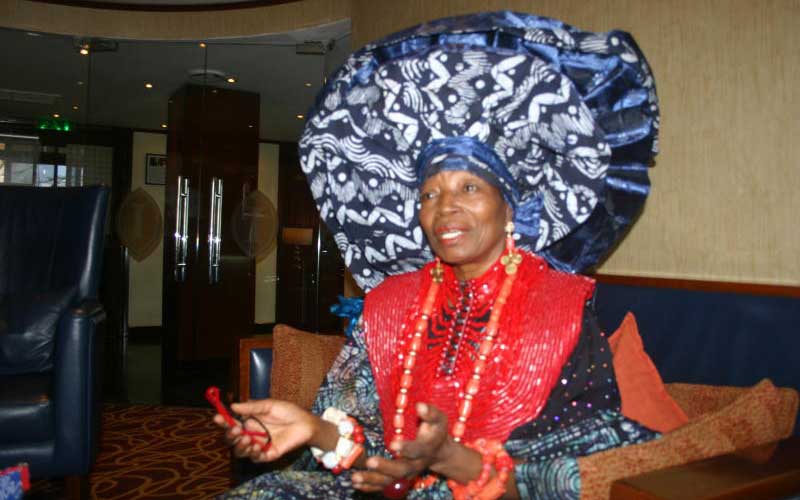×
The Standard e-Paper
Truth Without Fear

Her artistic creations are sought-after and cherished by art aficionados, private collectors and museums worldwide. In 2014, for instance, the prestigious London’s Gallery of African Art did for nearly two months showcase a retrospective of her multiple-media artworks.
Over the past six years, a collection of her unique creations have been on permanent display at the Smithsonian Institution’s National Museum of African Art in Washington DC.